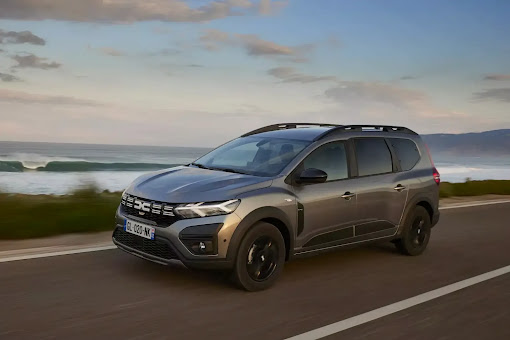
There aren't many super luxury sports car manufacturers with reasonably large volumes. Ferrari, Lamborghini, Aston Martin and Mclaren are four that spring to my mind. Mclaren is the new kid on the block, with its first car the F1 in 1992. Only 106 were built but it was so good, it put the marque on the supercar map instantly.
It then made the Mercedes SLR Mclaren before releasing the MP4-12C which has since expanded to become a range of cars. It has had some growing pains in that process too as you would expect. It's reached a point where it could expand further but that needs managing carefully. Or it could settle for where it is and consolidate. One thing it is steadfastly sticking to is that it won't do an SUV. Brave.
The chart below shows deliveries by region from 2020 to 2022. 2020 wasn't good with numbers down 64% and all regions feeling it. 2021 was much better, with deliveries rebounding by 29%. 2022 was slightly up on 2022 with China down 14% and now accounting for less than 19% of all sales. North America and Europe both did well, the Rest OK and Asia/Pacific slightly down after a fine 2022.
Data source: Mclaren.






































